In which of the following first resonating structure is more stable than the second?
ΘCH2−CH=O↔CH2=CH−OΘ
⊕CH2−O−CH3↔CH2=⊕O−CH3
CH2=CH−NH2↔ΘCH2−CH=⊕NH2
⊕O−CH=CH2↔O=CH=⊕CH2
The correct Answer is:C
To determine in which of the given options the first resonating structure is more stable than the second, we need to analyze the stability of the resonating structures based on the placement of charges and the electronegativity of the atoms involved.
1. Identify the Resonating Structures:
- For each option (A, B, C, D), identify the first and second resonating structures.
2. Analyze Charge Distribution:
- Check where the charges (positive or negative) are located in each structure.
- Remember that a negative charge is more stable on a more electronegative atom (like O or N), while a positive charge is more stable on less electronegative atoms (like C).
3. Evaluate Each Option:
- Option A: Compare the charges in the first and second structures. If the first structure has a negative charge on a less electronegative atom (like C), and the second has it on a more electronegative atom (like O), the second structure is more stable.
- Option B: If the first structure has a positive charge on a less electronegative atom (like C) and the second has it on a more electronegative atom (like O), the first structure is more stable.
- Option C: Similar analysis as above. If the first structure has a positive charge on a less electronegative atom and the second has it on a more electronegative atom, the first structure is more stable.
- Option D: If the first structure has a positive charge and the second has a negative charge on a more electronegative atom, the second structure is more stable.
4. Conclusion:
- After evaluating all options, identify which options have the first resonating structure being more stable than the second. According to the analysis, options B and C are where the first resonating structure is more stable than the second.
Final Answer:
The first resonating structure is more stable than the second in options B and C.
- For each option (A, B, C, D), identify the first and second resonating structures.
- Check where the charges (positive or negative) are located in each structure.
- Remember that a negative charge is more stable on a more electronegative atom (like O or N), while a positive charge is more stable on less electronegative atoms (like C).
- Option A: Compare the charges in the first and second structures. If the first structure has a negative charge on a less electronegative atom (like C), and the second has it on a more electronegative atom (like O), the second structure is more stable.
- Option B: If the first structure has a positive charge on a less electronegative atom (like C) and the second has it on a more electronegative atom (like O), the first structure is more stable.
- Option C: Similar analysis as above. If the first structure has a positive charge on a less electronegative atom and the second has it on a more electronegative atom, the first structure is more stable.
- Option D: If the first structure has a positive charge and the second has a negative charge on a more electronegative atom, the second structure is more stable.
- After evaluating all options, identify which options have the first resonating structure being more stable than the second. According to the analysis, options B and C are where the first resonating structure is more stable than the second.
The first resonating structure is more stable than the second in options B and C.
Topper's Solved these Questions
- BOOK - A2ZCHAPTER - SOME BASIC PRINCIPALS OF ORGANIC CHEMISTRYEXERCISE - Acid And Basic Strength29videos
SOME BASIC PRINCIPALS OF ORGANIC CHEMISTRY
- BOOK - A2ZCHAPTER - SOME BASIC PRINCIPALS OF ORGANIC CHEMISTRYEXERCISE - Bond Fission, Reagents, Reactive Intermediates And Their Stability31videos
SOME BASIC PRINCIPALS OF ORGANIC CHEMISTRY
- BOOK - A2ZCHAPTER - SOME BASIC CONCEPTS OF CHEMISTRYEXERCISE - Section D - Chapter End Test30videos
SOME BASIC CONCEPTS OF CHEMISTRY
- BOOK - A2ZCHAPTER - STATES OF MATTEREXERCISE - Section D - Chapter End Test30videos
STATES OF MATTER
Similar Questions
Knowledge Check
- Question 1 - Select One
Which of the following resonating structure is most stable ?
ACH3−..O..−CH=CH−⊕CH2BCH3−..O..−⊕CH2−CH=CH2CCH3−..O..−⊕CH2−ΘCH−⊕CH2DCH3−⊕O..=CH−CH=CH2 - Question 2 - Select One
Which resonating structure is most stable?
A B
B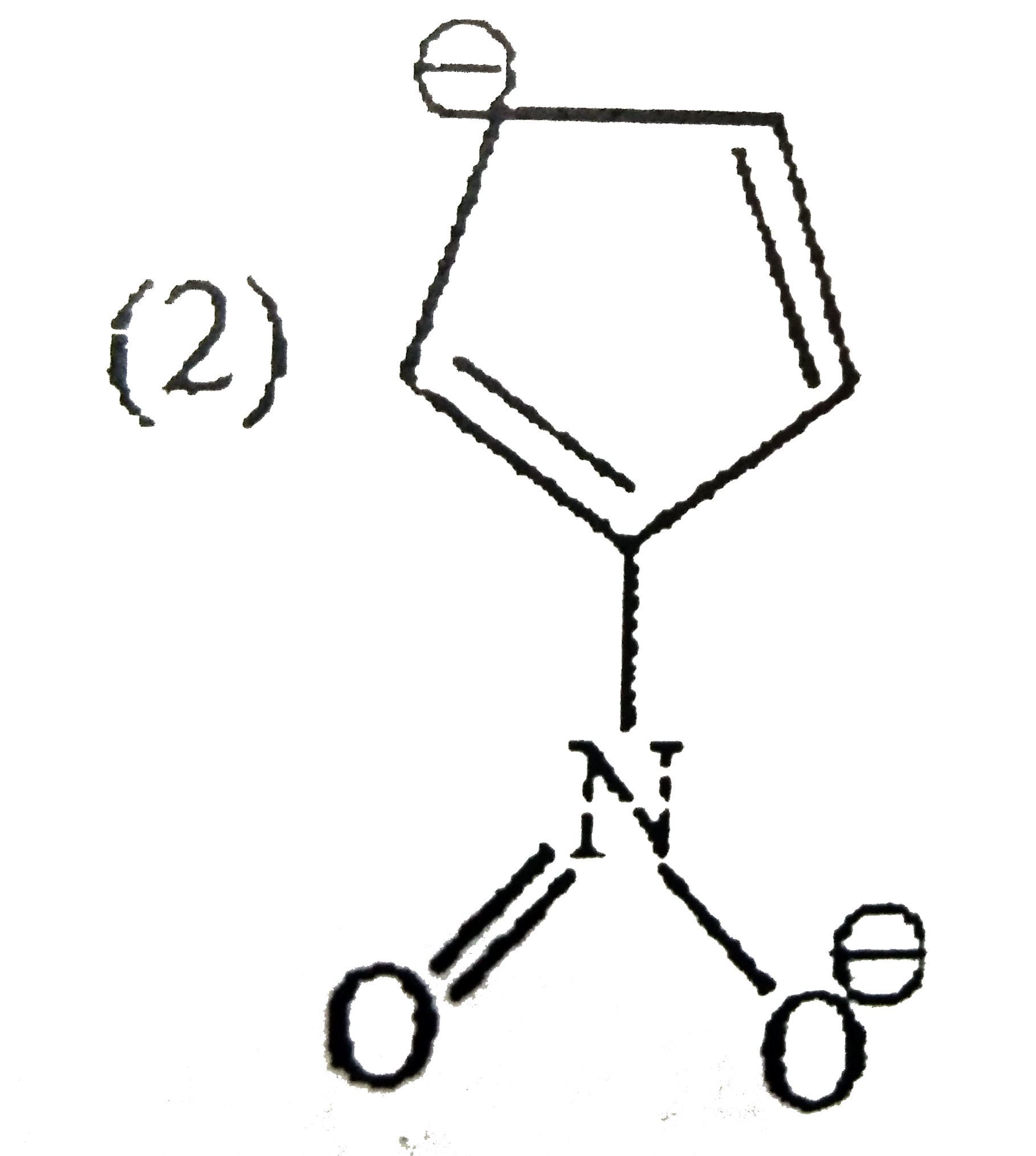 C
C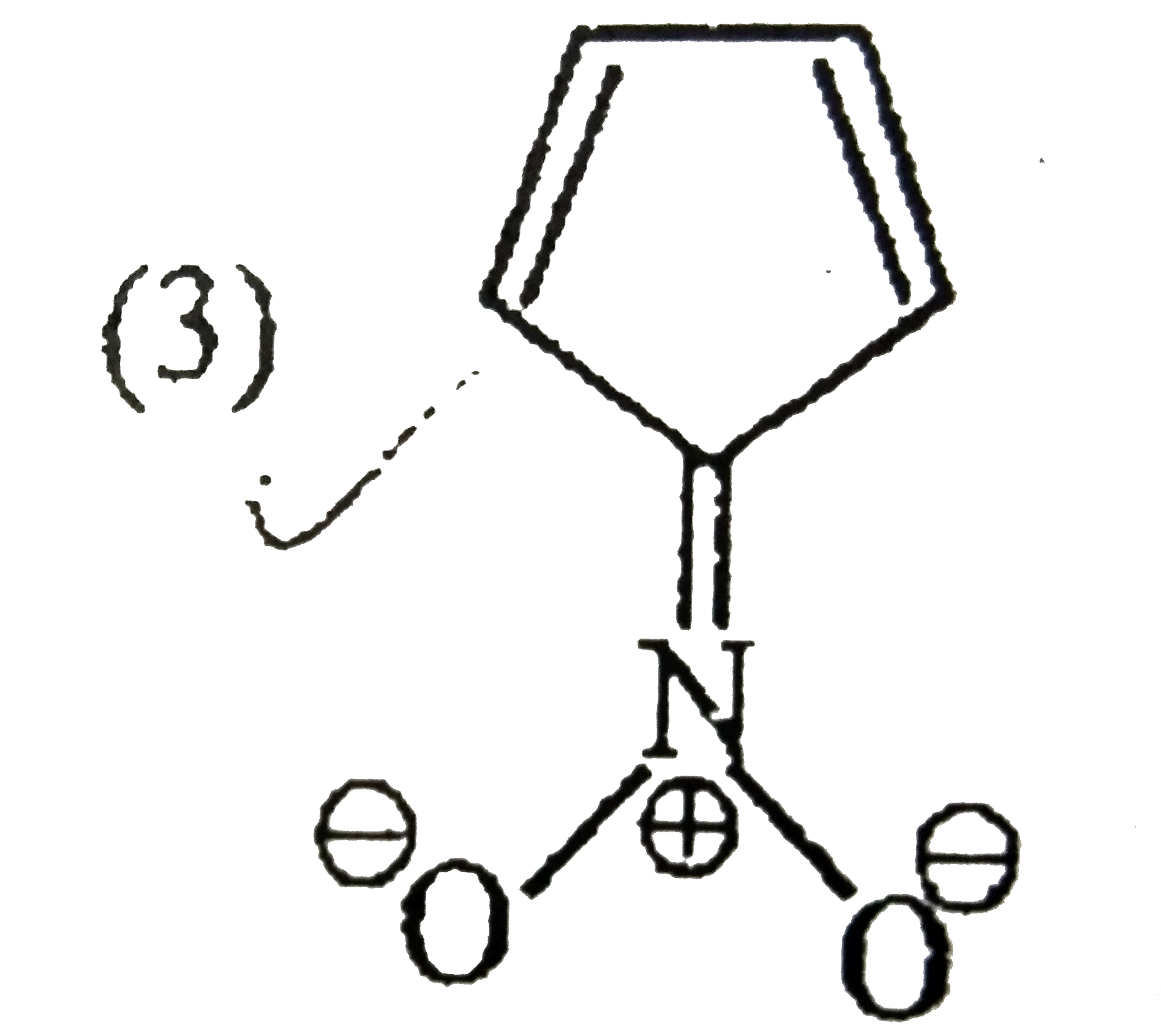 D
D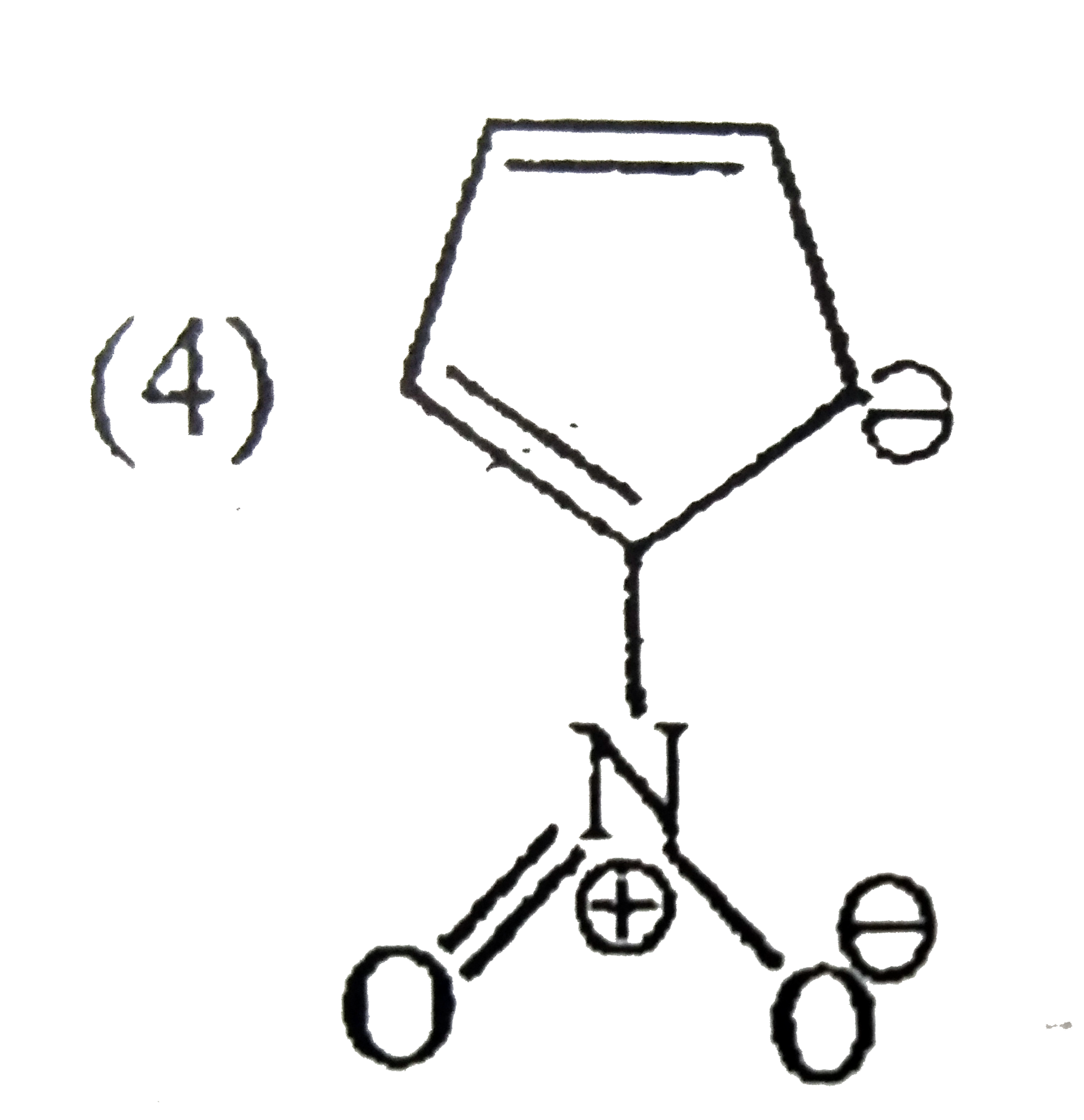
- Question 3 - Select One
Which of the following have all the resonance structures more stable than the shown one?
A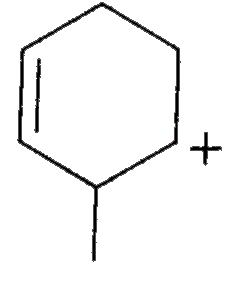 B
B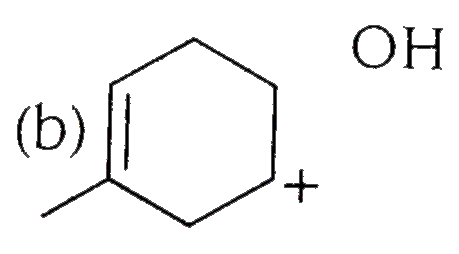 C
C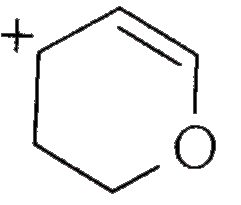 D
D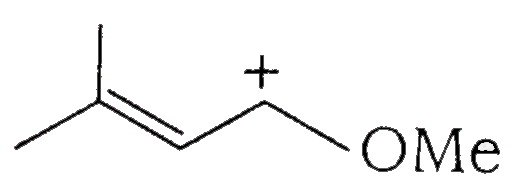
In which of the following elements +1 oxidation state is more stable than +3
View SolutionIn which of the following pairs of resonating structures first resonating structure is more stable than second ?
View SolutionIn which of the following pairs, first species is more stable than second ?
View SolutionIn which of the following elements +3 oxidation state is more stable than +5?
View SolutionFor 1-methoxy-1, 3-butadiene, which of the following resonating structure is least stable?
View Solution

